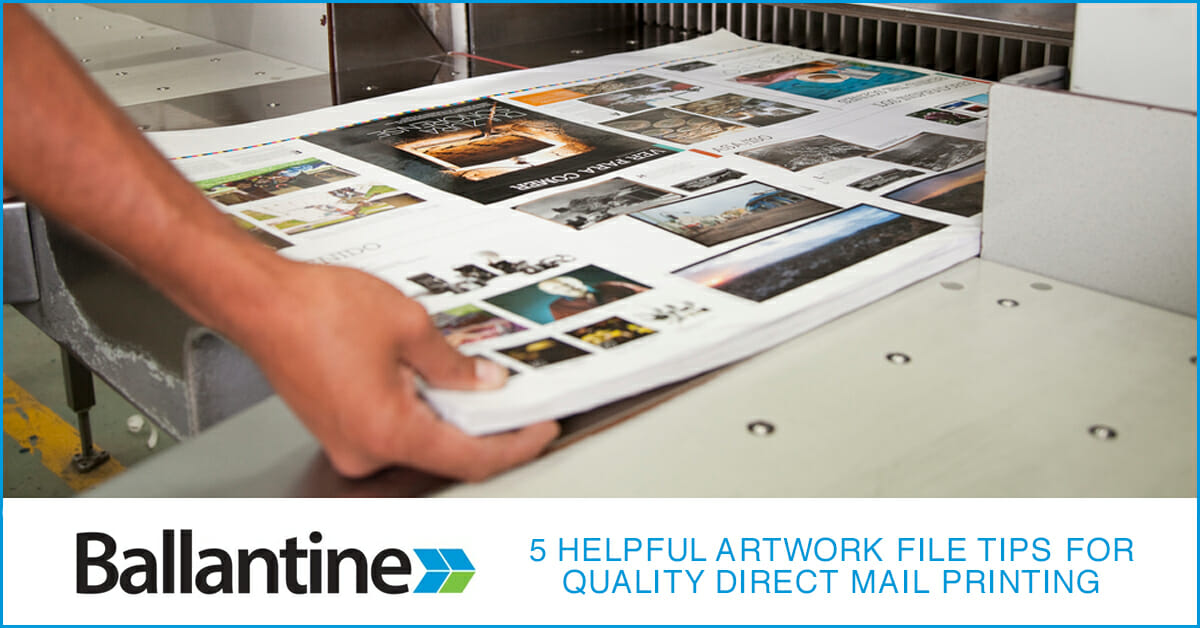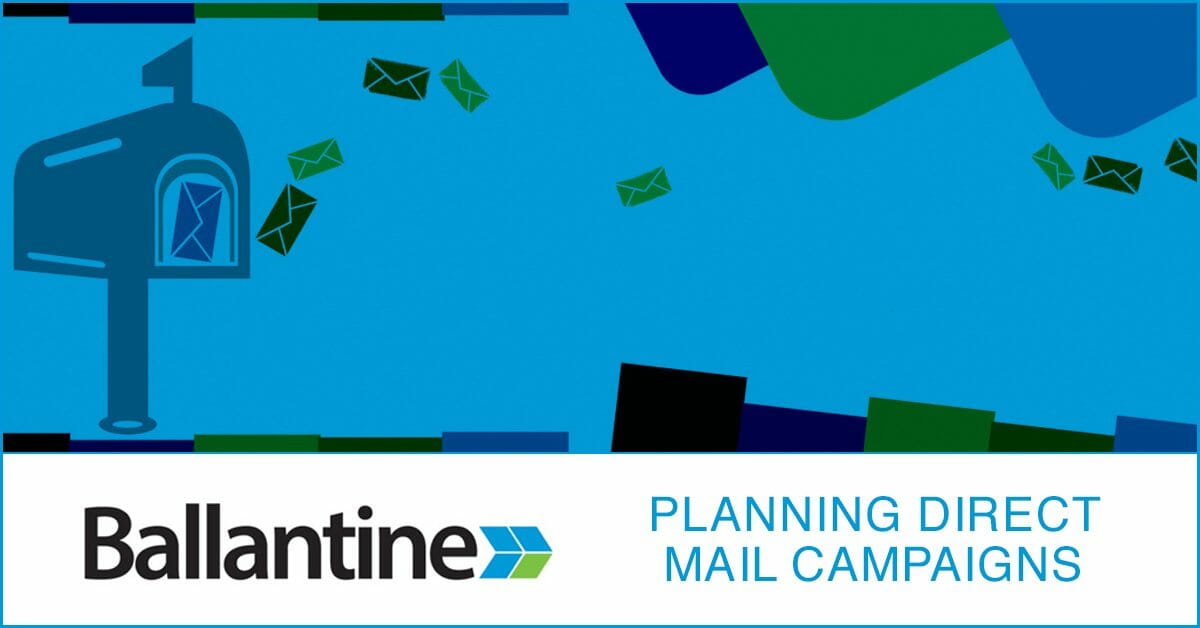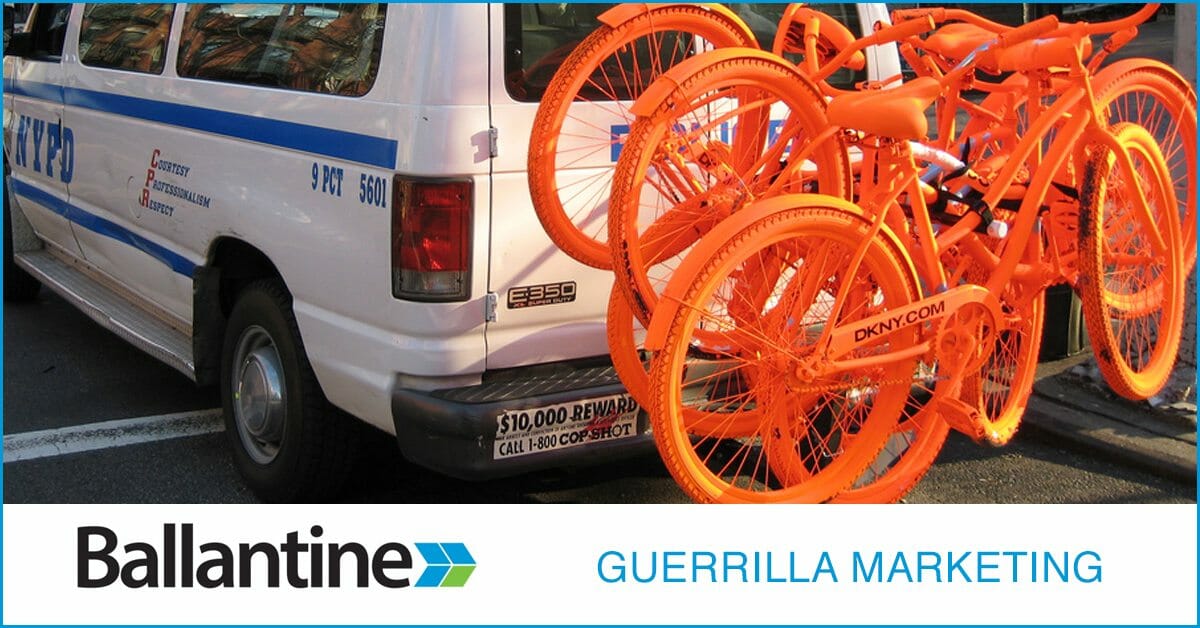 The tri-fold brochure is the workhorse of print marketing media. Nearly every business uses the tri-fold brochure in some way, such as a menu of services, or as an efficient mailer because they easily fit into a #10 envelope.
The tri-fold brochure is the workhorse of print marketing media. Nearly every business uses the tri-fold brochure in some way, such as a menu of services, or as an efficient mailer because they easily fit into a #10 envelope.
Because a tri-fold brochure template is so easy to create, it’s quite easy to create a bad one. Like any marketing media, a tri-fold brochure requires several direct mail design aspects to look good, such graphic design principles, copywriting and marketing savvy to get the message across.
The final step is professional brochure printing. And this part is critical because the best designed brochure in the world won’t do its job if the print quality is very poor. That’s why the direct mail marketing experts at Ballantine have created a list of helpful tips about printing brochures.
Here are 5 do’s and don’ts of custom tri fold brochure printing to keep in mind:
DO be concise with your copywriting. There’s a lot of space in a tri-fold brochure, but don’t clog it up with text that your customers may just scan over. Use graphics where possible to provide visual messages; these graphics take up less space than the words that would be required to explain the message.
DON’T use low-resolution images on your brochures. You want your text and images to print out crisp and clear. Low-resolution images appear pixelated and reduce the professional impact of the brochure.
DO consider using a professional graphic designer to lay out your brochure. A professional designer can use the best software tools combined with their expertise in composition and typography to create a brochure that gets the attention of your customers.
DON’T photocopy your brochures. As tempting as it may be to run one of your existing brochures through a photocopier, you’ll never have a result as nice as the original. Photocopying can result in a skewed image, background dots caused by particles on the glass, or other imperfections that result in a sub-par document.
DO pay attention to your paper stock. The type of paper stock you use will affect the overall presentation of your brochures. You have control over the paper’s finish such as glossy versus matte, and the weight of the paper such as thick versus thin. Make sure you work with your print vendor to determine the best paper to use for your needs.
I'm the Director of Digital Services and Partner at Ballantine, a family-owned and operated direct mail & digital marketing company based in New Jersey. and started in 1966 by my great uncle!





